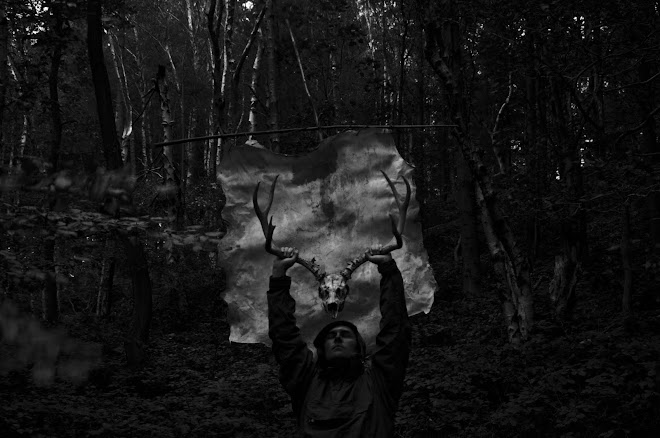skip to main |
skip to sidebar
The Bird Of Night II





Native British beliefs about owls include the Welsh custom that if a owl is heard amongst houses then an unmarried girl has lost her virginity, or that if a pregnant woman hears an owl her child will be blessed. In Yorkshire owl broth is believed to cure whooping cough, which speaks to the barbarism and benighted state of the inhabitants of that county.
The peoples of ancient North West Europe that we label “Celts” had a close association with the earth, evident from their mythologies in which the gods dwelt around them and the landscape, sky and the elements were sacred. Birds feature in Celtic traditions as symbols of divinity and as servants and messengers of the gods and owls are believed to have played a more prominent role in early Celtic cults and could perhaps have derived from a more broadly based deity of a common Indo-European descent (the proto-Germanic word for Owl is “uwwalo”, which I had earmarked for a TenHornedBeast song title until I noticed Chet from Blood Of The Black Owl had got there first).
Predating the Greek cult of Athene, for whom the owl was an animal attribute, were images of these ominous birds in Celtic art. Owls are believed to be a sacred animal to the famed Cult of the Head and they are often depicted with human heads and in company with horned animals such as rams and bulls, all of which have are zoomorphs of the head cult. In modern Scottish and Welsh languages, the owl, by the etymology of the word alone carries negative connotations of death and darkness.
The most famous aboriginal British myth dealing with the owl is in the story of Bloudeuwedd, contained in the "The Mabinogion". Blodeuwedd was created from flowers by the magician Gwydion for the prince Llew Llaw Gyffes. She had an affair with Goronwy & they contrived to kill Llew. On his death, Llew was transformed into an eagle but was healed & returned to human form by Gwydion. Llew returned to seek revenge but rather than killing Blodeuwedd Gwydion turned her into a white owl, to haunt the night in loneliness & sorrow, saying "I will not slay thee, but I will do unto thee worse than that. For I will turn thee into a bird; and because of the shame thou hast done unto Llew Llaw Gyffes, you shall never show thy face in the light of day. And thou shall not lose thy name, but shall be always called Blodeuwedd."
An example of owl imagery in Celtic metal work are the handle fittings found on the famous cauldron discovered at Bra, Jutland, dating to the 3rd century B.C. The cauldron was found in a bog and was believed to have been a votive offering that was broken into pieces before being ceremonially deposited in the water. In the La Tène style it is adorned on the rim with five cast bulls heads and birds head attachments that held the three large iron rings. The front face of the flat semi-circular fitting bears a three-dimensional face of an owl that is constructed of several curved and circular shapes, with the large eyes and sharp beak standing out. Celtic scholars refer to the technique of creating hidden or suggestive faces out of designs as the "Cheshire Cat style" of ornamentation.







3 comments:
What have you got against Yorkshire? You must be from the wrong side of the Pennines.
Don't talk to me about sophistication - I've been to Leeds!
:D
Post a Comment